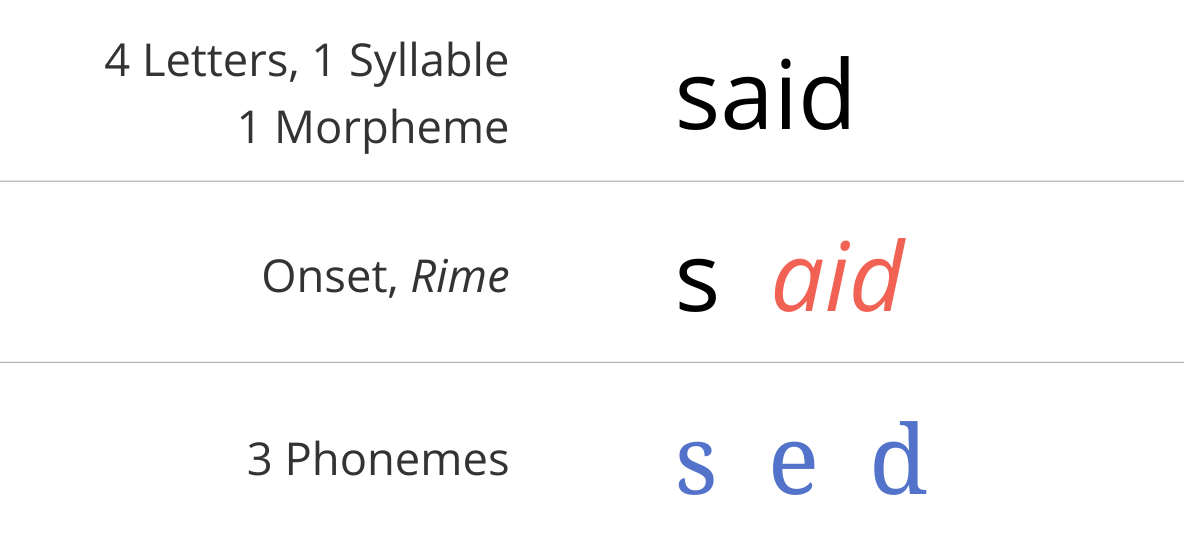2,105 vs. 44. As of April 25, 2025, 2,105accredited universities and colleges in the U.S. are test-optional or test-free in their undergraduate admissions, while a paltry 19 private and 35 public colleges require SAT or ACT scores for admission. An astounding ratio of 48 to one! With the exception of a few high-profile cases—MIT, Stanford, and the University of Austin, i.e.—standardized testing faces an increasingly bleak future in higher education.
If you talk to an average high school teacher today about college admissions, you’d find some garden-variety, anti-test responses: “Well, research shows tests don’t measure academic success.” “High-stakes tests are not as reliable as GPA.” “SAT unfairly disadvantages marginalizedstudents.”
In my writings over the years, I have made some humble attempts to debunk “anti-testism” with empirical research, literature reviews, news commentaries, and data analysis. There are a handful of others, more prominent and credentialed scholars who have also published works calling for a return to tests. But given the finite reach of our platforms and the somewhat esoteric nature of the issue, we are mostly preaching to the choir. In the meantime, the test-free movement undergoes exponential growth and now has the potential to co-opt even supporters on the right.
